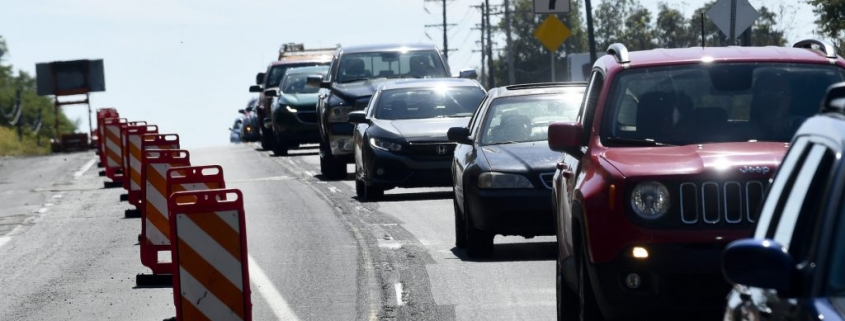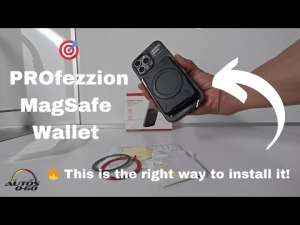Most Drivers Won’t Do This Safe Driving Technique AAA Recommends
The auto world is full of myths, bad advice, and questionable driving tips. But there’s something to be said for safe driving techniques. They can help prevent wrecks, promote car safety, and make cruising down the highway a more pleasant experience. So why isn’t every driver using the zipper merge, a technique that AAA recommends?
What exactly is a zipper merge?
Have you ever been driving down the highway when you see one of those dreaded traffic signs announcing a lane is closed? Now you’re faced with a dilemma. Should you immediately move into the open lane and watch everyone else pull ahead of you? Or should you zoom to the front of the line and merge just as the lane closes?
Though it can be infuriating watching other drivers pull to the head of the merging line while you’re sitting there waiting, USA Today reports they have the right idea, according to the AAA. When done properly, the zipper merge should look like two sides of a zipper joining together. Instead of a lane closing early, both lanes remain open, and the lane that will close should merge at the last moment rather than sitting still.
What happens when drivers don’t perform the zipper merge?
Sitting in traffic is no fun, especially not when you see other drivers cruising past you as if you haven’t been patiently waiting your turn. There’s a wide range of emotions for the drivers who don’t get to move, including frustration, boredom, and growing road rage. Then there are the drivers who can’t make up their minds which lane they should choose and hesitate to do anything.
So why do drivers continue ignoring the zipper merge method? Some don’t know about it and consider other motorists trying to use it as line cutters. Those who know about it might think that it’s not fair and that everyone should wait their turn. They’re unspoken road rules, after all. Yet if the traffic keeps moving, they need to wait their turn because traffic doesn’t actually stop.
Is this all theoretical, or does the zipper merge actually work?
Can drivers use this technique safely?
Farmers Insurance took the time to find out if the zipper merge works. “We’ve found that zipper merging reduces the length of traffic backup by 40 percent when there’s a lane reduction ahead and helps keep exit lanes accessible,” Ken Johnson, a Minnesota worksite traffic engineer, told the insurance company.
“In my opinion, it can also be safer because both lanes are traveling at the same speed. In general, accidents are more likely to happen when there’s a speed differential.”
It makes sense when you think of it that way. When you’re traveling about 65 mph and someone cuts in front of you doing 35 mph, you’re forced to brake hard. If you were far enough back when the other car merged, you could stop in time. If not, you would slam into their back bumper. And guess who’s walking away with the ticket? That is unless you have a dashcam, of course.
Johnson added that the zipper merge method doesn’t mean you have to act rude and cut everyone off. Drivers take turns merging, and the flow continues moving. There will always be a few drivers who refuse to take turns, but for the most part, they’re few and far between.
RELATED: Is It Bad for Your Car to Drive in the Heat?
The post Most Drivers Won’t Do This Safe Driving Technique AAA Recommends appeared first on MotorBiscuit.







